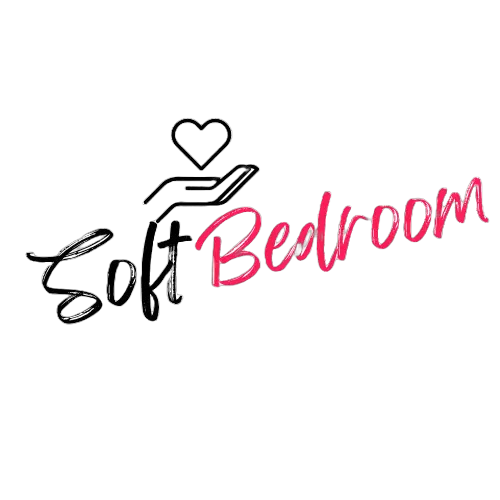Disclosure
This website is a participant in the Amazon Services LLC Associates Program, an affiliate advertising program designed to provide a means for us to earn fees by linking to Amazon.com and affiliated sites.
Assess your risk of obstructive sleep apnea (OSA) using the validated STOP-BANG questionnaire. Answer all 8 questions to calculate your risk level.
The STOP-BANG questionnaire is a screening tool for obstructive sleep apnea (OSA) that evaluates eight risk factors. Each “Yes” answer contributes 1 point to your total score.
Score Interpretation:
- 0-2: Low risk of OSA
- 3-4: Intermediate risk of OSA
- 5-8: High risk of OSA
Note: This is a screening tool only and not a medical diagnosis. Consult with a healthcare professional for proper evaluation.
Sleep Apnea & Next Steps
Now that you know your risk level, here’s what you should know about sleep apnea and potential next steps:
| Risk Level | STOP-BANG Score | Recommended Action |
|---|
| Low Risk | 0-2 | Continue healthy sleep habits. If you have sleep concerns, discuss with your healthcare provider. |
| Intermediate Risk | 3-4 | Consult with your healthcare provider for further evaluation. They may recommend a sleep study. |
| High Risk | 5-8 | Strongly recommended to consult with a sleep specialist. You may need a comprehensive sleep evaluation. |
🛌
Sleep Position
Try sleeping on your side instead of your back to help keep your airway open.
⚖️
Weight Management
Even modest weight loss can significantly reduce sleep apnea symptoms in overweight individuals.
🚭
Avoid Substances
Limit alcohol consumption and avoid smoking, as both can worsen sleep apnea.
⏰
Regular Schedule
Maintain consistent sleep and wake times to improve overall sleep quality.
Sleep Apnea Facts & Information
- Obstructive sleep apnea (OSA) affects approximately 1 billion people worldwide, with many cases remaining undiagnosed.
- Sleep apnea is characterized by repeated breathing interruptions during sleep, each typically lasting 10-30 seconds.
- Untreated sleep apnea is associated with increased risk of high blood pressure, heart disease, stroke, type 2 diabetes, and depression.
- Common symptoms include loud snoring, gasping for air during sleep, morning headaches, excessive daytime sleepiness, and difficulty concentrating.
- Sleep apnea can affect people of all ages, including children, though it’s more common in adults over 40.
- CPAP (Continuous Positive Airway Pressure) therapy is one of the most effective treatments for moderate to severe sleep apnea.
- Other treatment options include oral appliances, lifestyle changes, and surgical interventions depending on the cause and severity.
- Sleep apnea can significantly impact quality of life, affecting work performance, relationships, and overall wellbeing.
- Certain medications and alcohol can worsen sleep apnea symptoms by relaxing throat muscles.
- The STOP-BANG questionnaire has been validated in numerous clinical studies as an effective screening tool for OSA.
|
OSA Risk Factors
| Risk Factor | Description |
|---|
| Excess Weight | Fat deposits around the upper airway can obstruct breathing. |
| Neck Circumference | A thicker neck may have narrower airways. Men with necks >17 inches and women with necks >16 inches have higher risk. |
| Male Gender | Men are 2-3 times more likely to have sleep apnea than women, though women’s risk increases after menopause. |
| Age | Sleep apnea occurs significantly more often in adults over 50. |
| Family History | Having family members with sleep apnea increases your risk. |
| Alcohol & Sedatives | These substances relax the muscles in your throat, which can worsen obstruction. |
| Smoking | Smokers are three times more likely to have OSA than non-smokers. |
| Nasal Congestion | Difficulty breathing through the nose can contribute to OSA. |
| Medical Conditions | Conditions like hypertension, type 2 diabetes, Parkinson’s disease, and hormonal disorders increase risk. |
| Anatomical Features | Narrow airway, enlarged tonsils or adenoids, a recessed chin, or a large overbite can contribute to OSA. |
Sleep Apnea Treatment Options
- CPAP Therapy: A machine delivers air pressure through a mask to keep upper airway passages open during sleep.
- BiPAP Therapy: Similar to CPAP but provides two different air pressure levels for inhalation and exhalation.
- Oral Appliances: Devices that reposition the lower jaw and tongue to help maintain an open airway.
- Lifestyle Changes: Weight loss, regular exercise, avoiding alcohol and sleeping pills, and changing sleep positions.
- Positional Therapy: Using devices that help you sleep in positions that prevent airway collapse.
- Surgical Options: Various procedures can remove tissue, reposition the jaw, or create a new air passageway.
- Hypoglossal Nerve Stimulation: An implanted device that stimulates the nerve controlling tongue movement to keep the airway open.
- Inspire Therapy: A surgically implanted system that monitors breathing patterns and stimulates airway muscles.
- Combination Therapy: Many patients benefit from a combination of treatments tailored to their specific needs.
- Emerging Treatments: Research continues on new medications and less invasive treatments for OSA.
|
